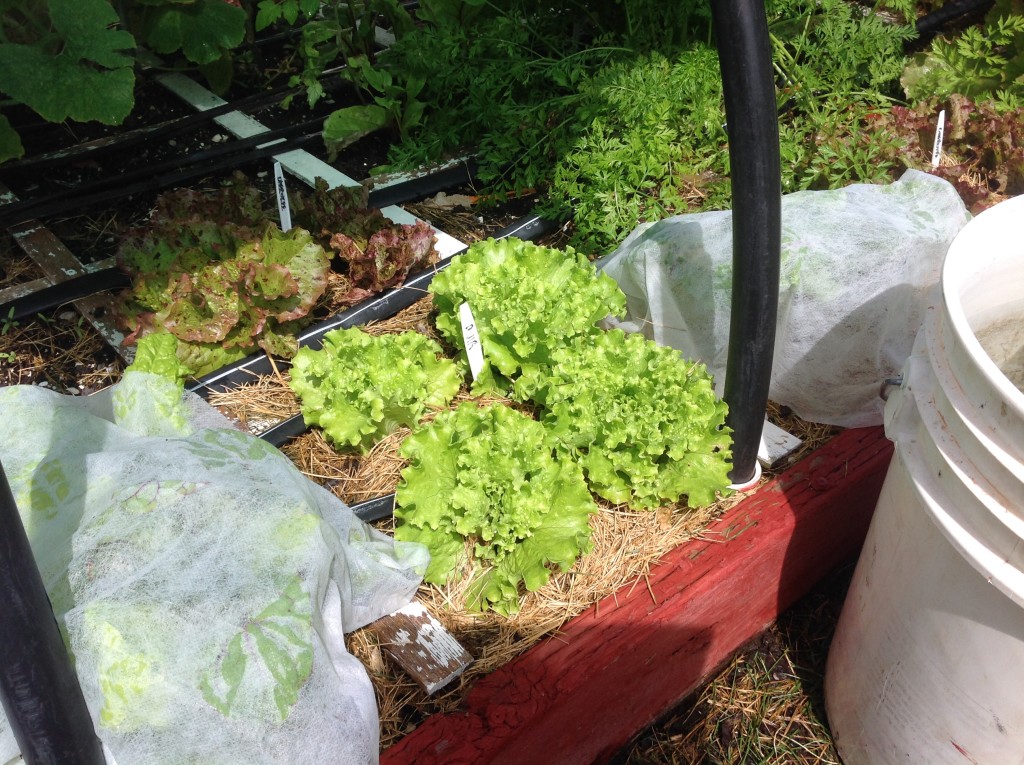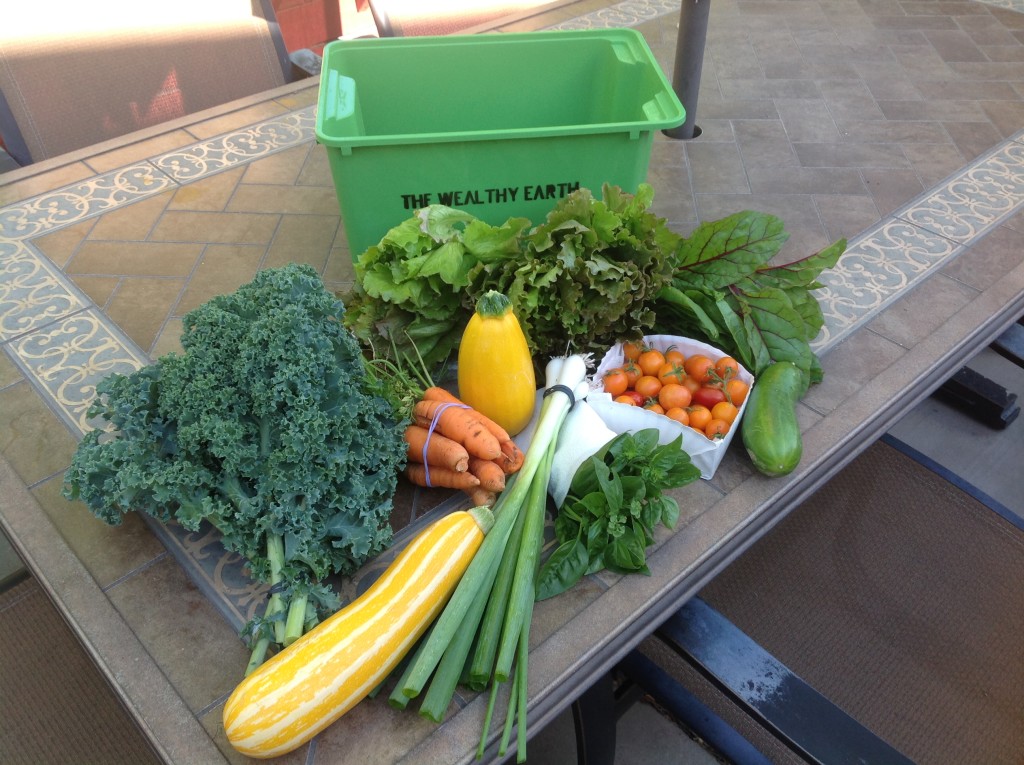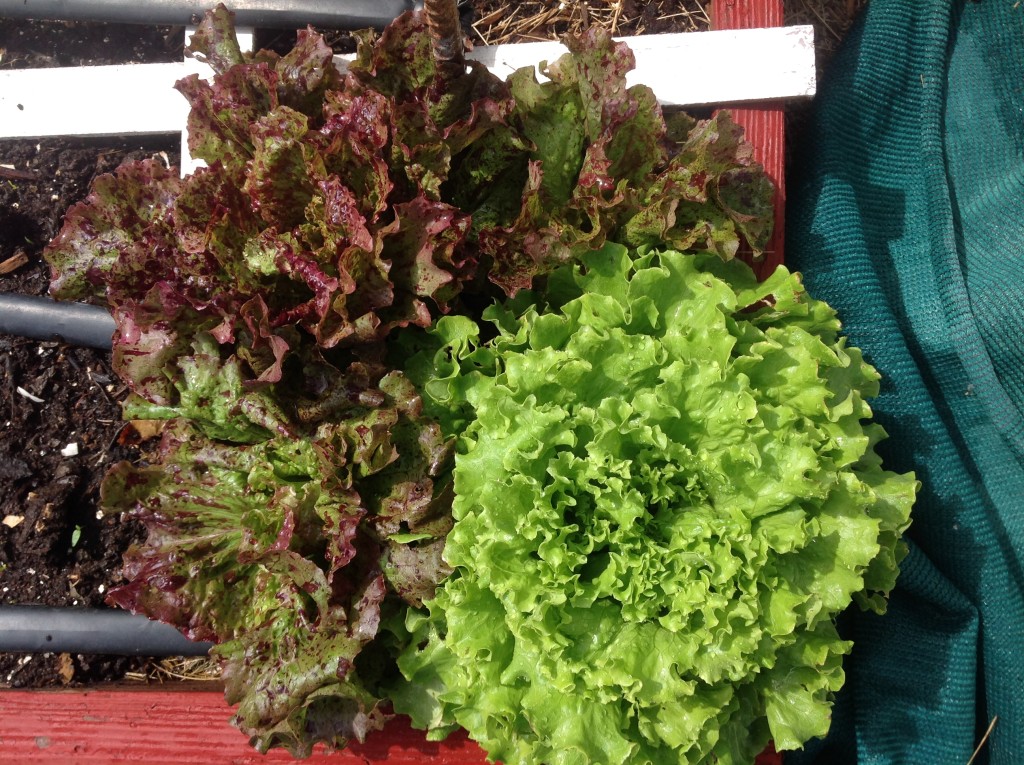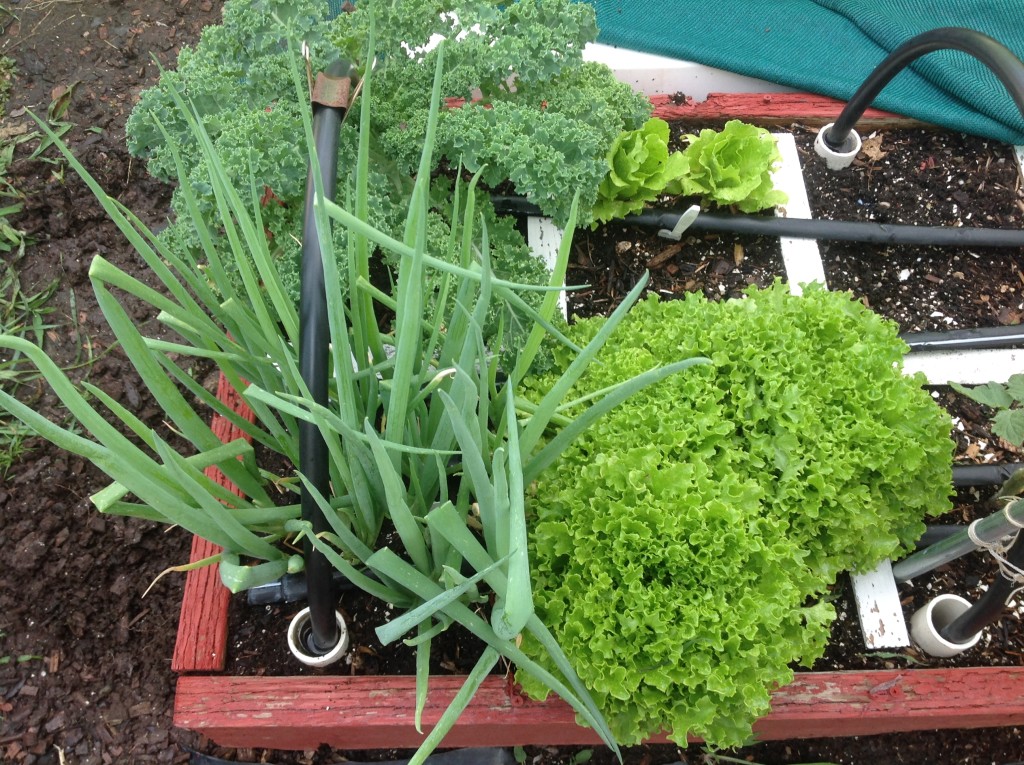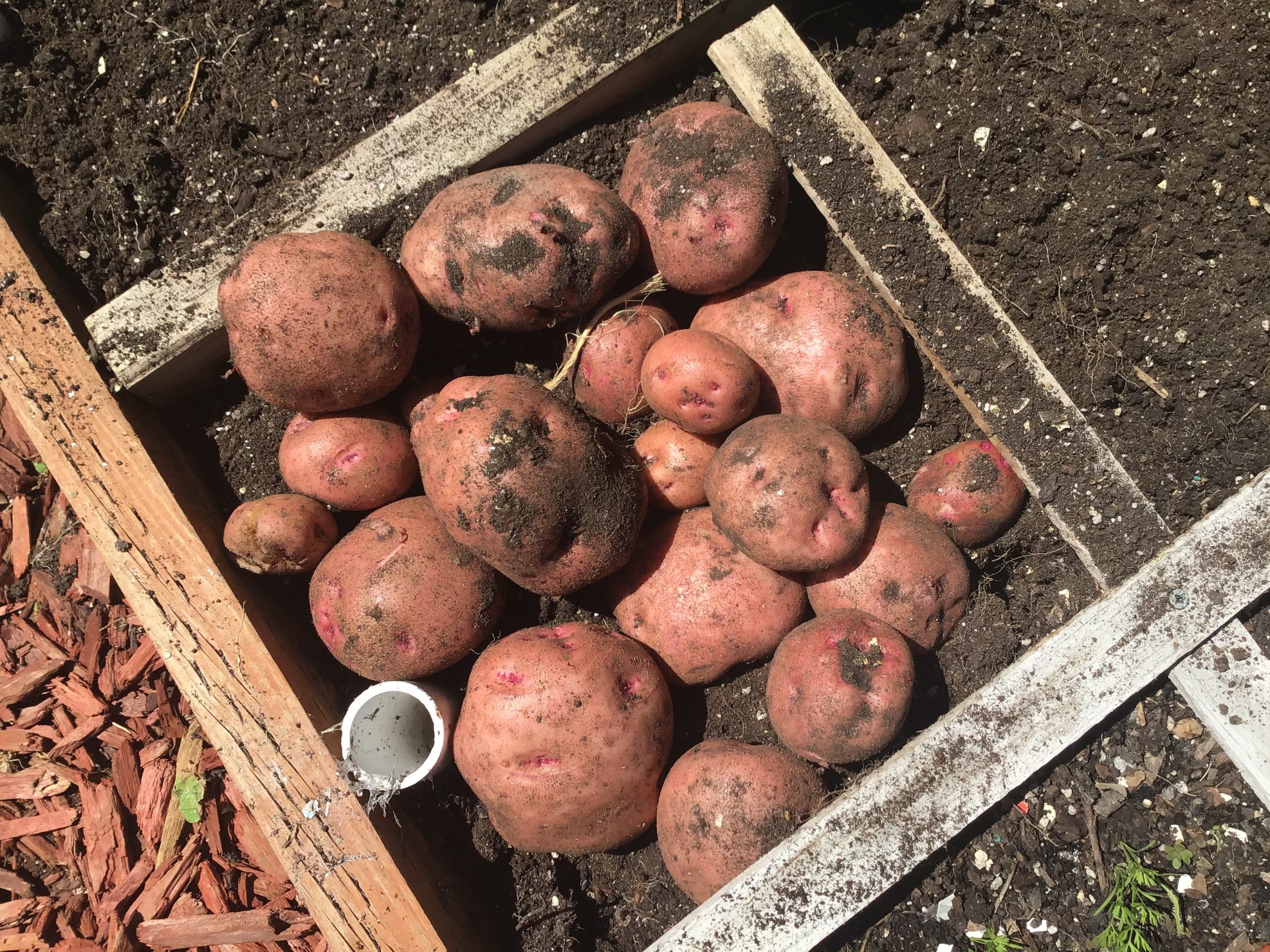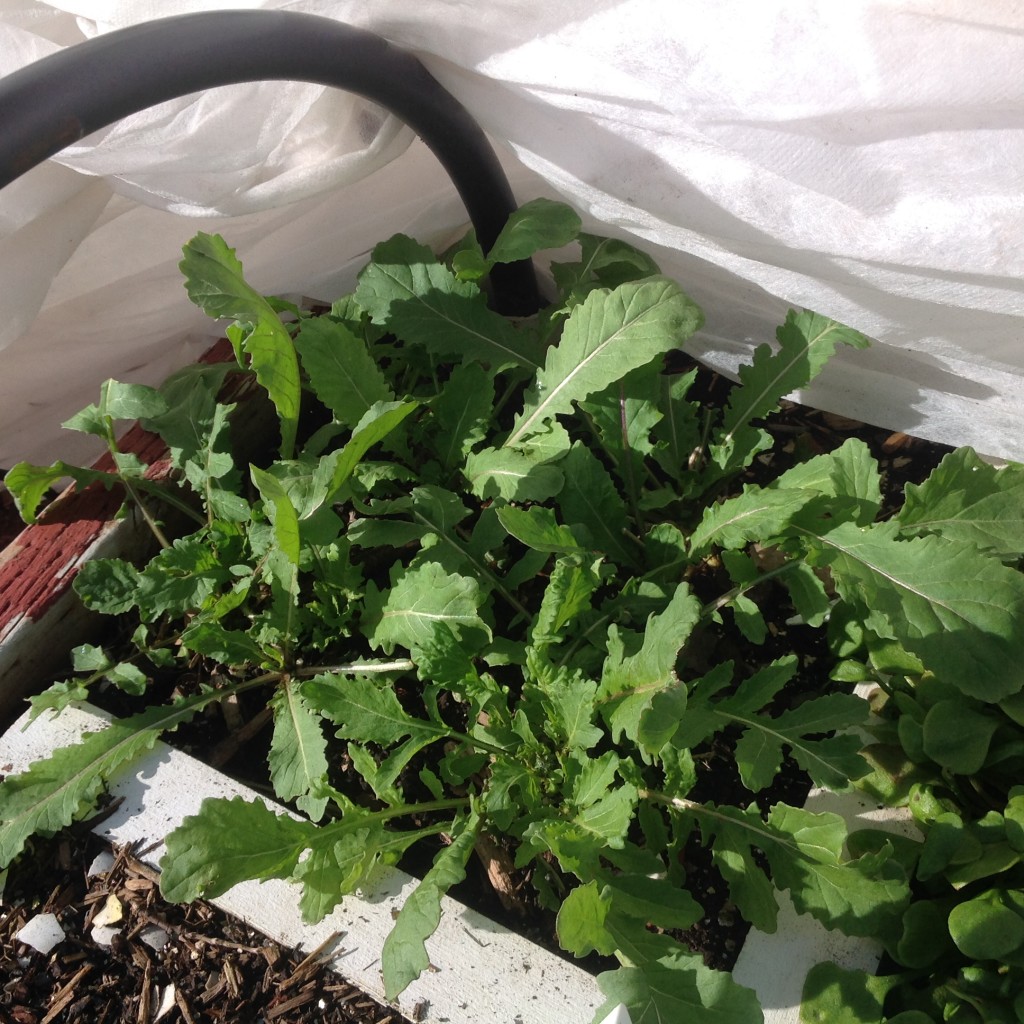 With day length shortening, temperatures beginning to cool, and precipitation shortly to follow now is the perfect time to plan your winter garden. It’s a lot easier if you live in zones 8 and higher, but for zone 6 and below, we have some thinking to do.
With day length shortening, temperatures beginning to cool, and precipitation shortly to follow now is the perfect time to plan your winter garden. It’s a lot easier if you live in zones 8 and higher, but for zone 6 and below, we have some thinking to do.
The first step that I like to take is to simply list the items I want to grow. There’s information floating around on the internet that show 30+ different crops that can be grown in our zones and lower during winter. I’ve tried virtually all of them over that past 5 years and have had a great experience. But I’ve also found that many of those crops were things we didn’t enjoy eating. Maybe I should say we didn’t enjoy eating them as much as other tested and tried things. It’s a thrill to know that you’re able to go out and harvest minutina, but it didn’t do much for out taste buds.
Here’s a short list of things that I’ll be getting ready very soon. Spinach, lettuce, swiss chard, mache, beet greens, radishes, tatsoi, carrots, claytonia, and mizuna. We love simple salads just harvested in January from the garden. There’s other items that I may grow if I decide I want to stir-fry a few dishes. Things like bok choi, mustards, turnips, and leeks would be good choices.
I came across a really fun blog a year ago. I’m not a subscriber but I check in every once in a while to see what she’s doing. And, she’s doing the same thing as I am! But she’s much better at showing it. Take a look at her winter garden-you can find it here. I love what she does. You’ll also notice that’s she’s kept a record of the amount of produce and veggies harvested during the winter months. Think about that quantity. Although there’s a lot of money to be saved-for sure-the real reason to winter garden is the taste! And with virtually no work, it’s the most enjoyable of all gardening season. Or, at least it can be.
